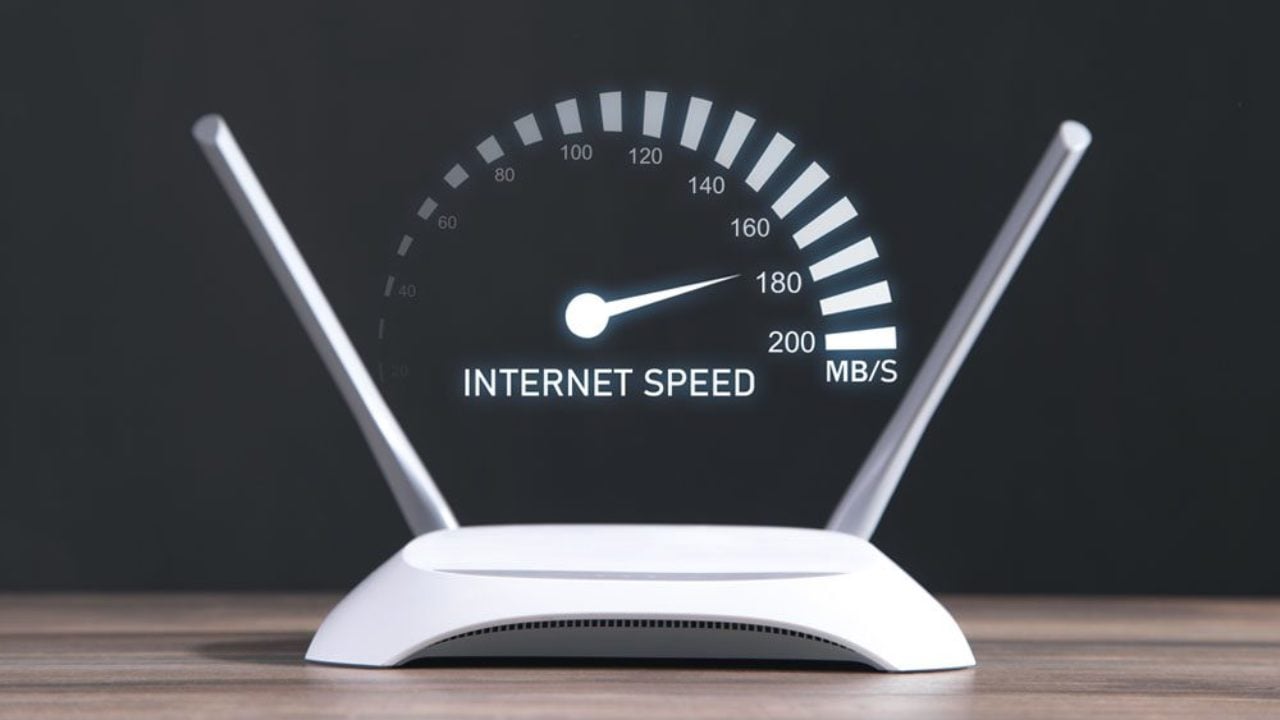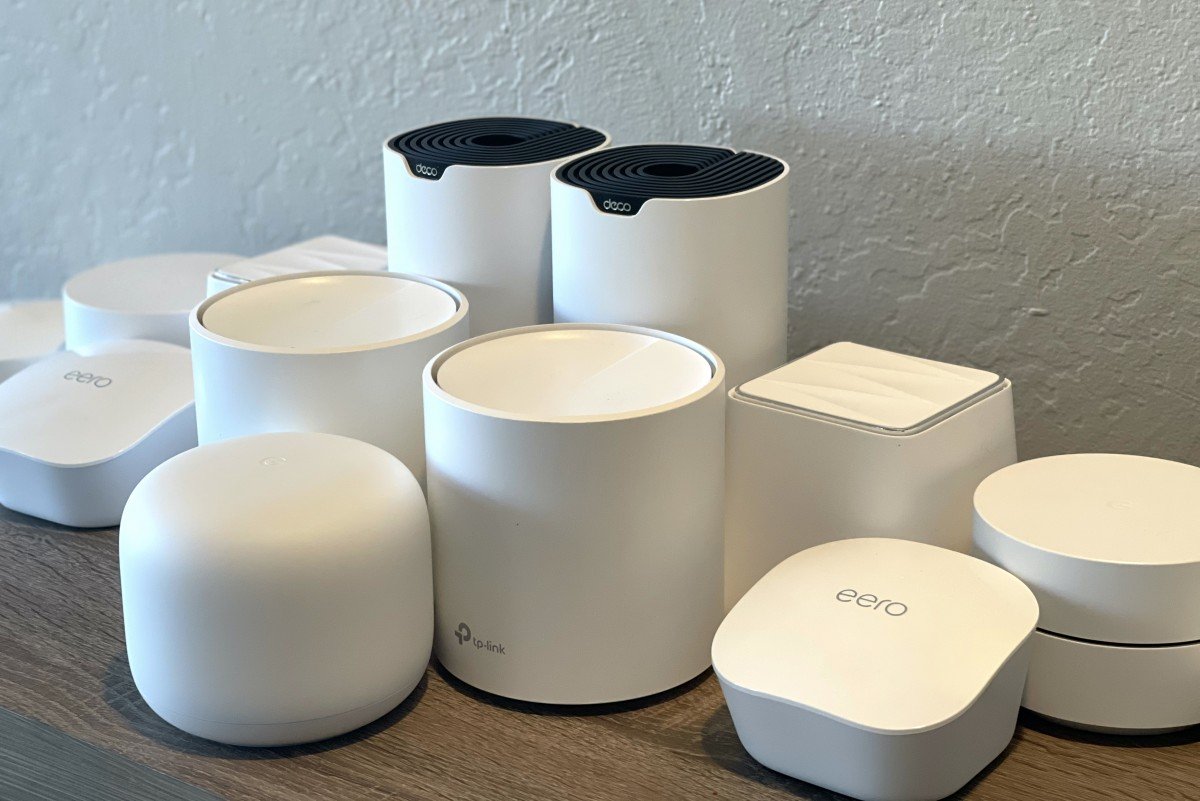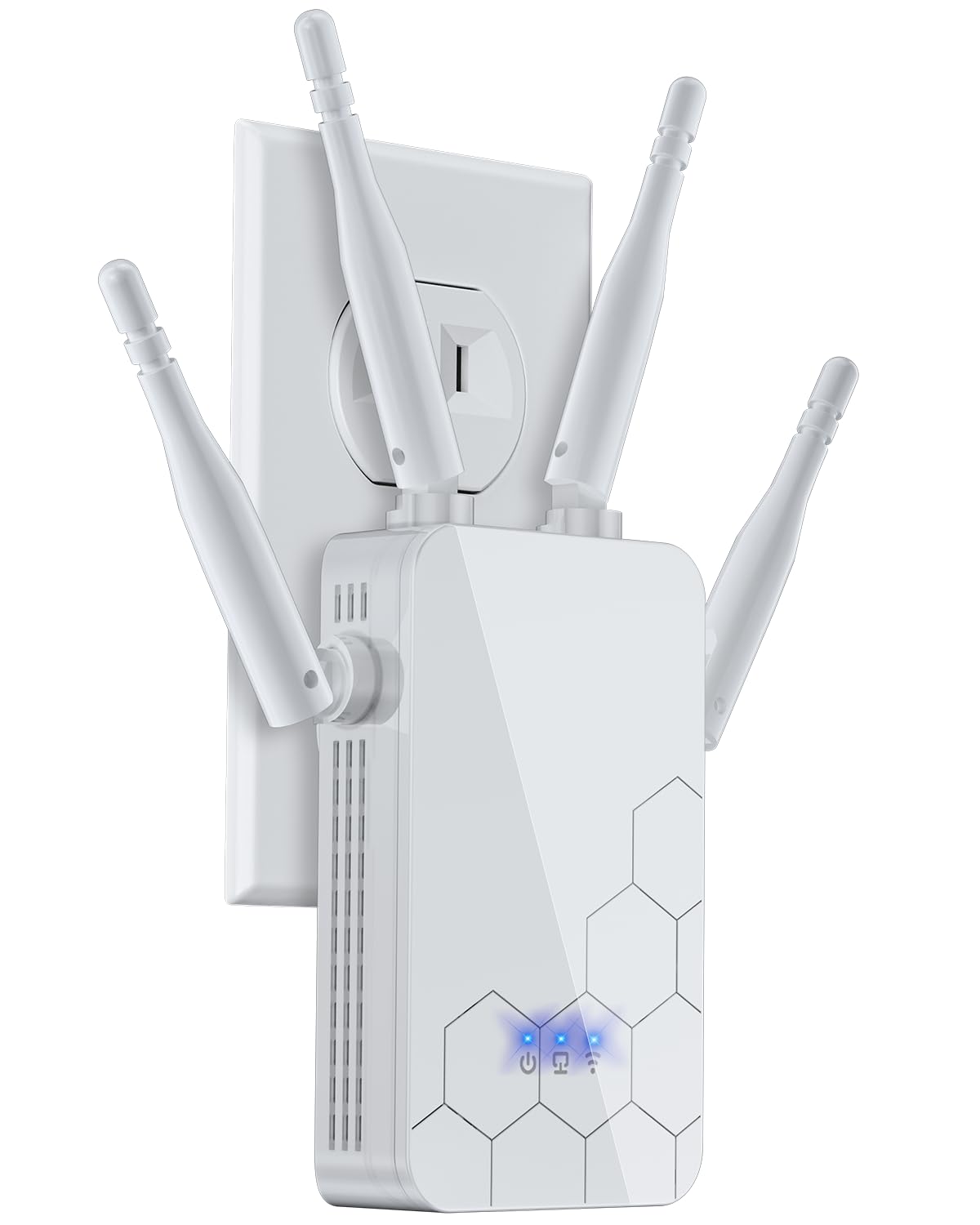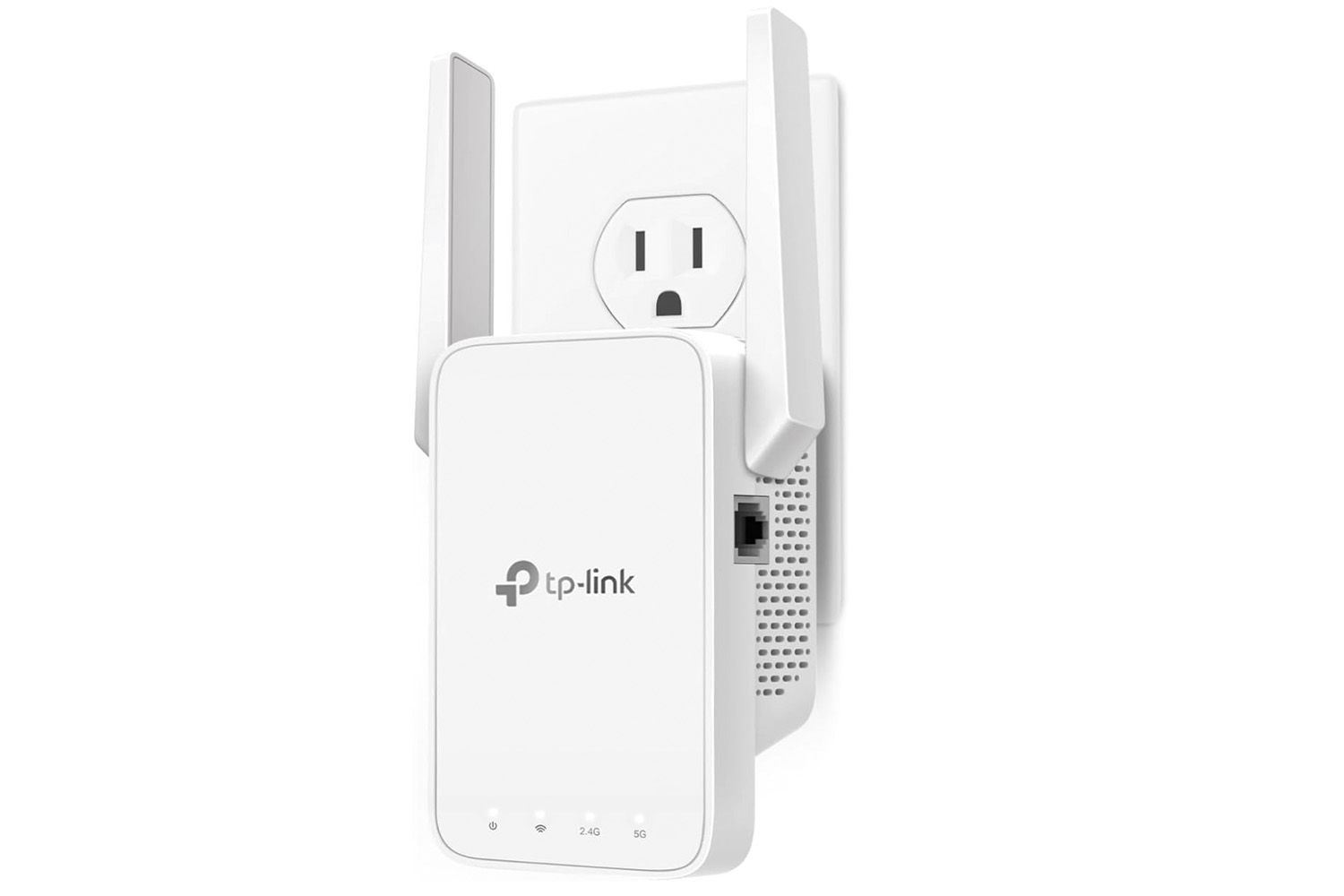Are you confused about the difference between a WiFi router and a modem? You’re not alone.
Many people use these terms interchangeably, but they play very different roles in your internet setup. Understanding how each device works can help you get faster speeds, better coverage, and fewer connection problems. Keep reading, and by the end, you’ll know exactly which one you need—and why it matters for your home or office internet.
Basic Functions
A modem and a router are important devices for internet access. They work together but have different jobs.
Understanding their basic functions helps you set up your home network correctly.
Role Of A Modem
A modem connects your home to the internet service provider. It changes signals from your provider into data your devices can use.
The modem acts as a bridge between your internet connection and your local network.
- Receives internet signals from the provider
- Converts signals into digital data
- Sends internet data to the router or directly to one device
Role Of A Router
A router shares the internet connection from the modem to many devices. It creates a local network for your home or office.
The router manages data traffic and helps devices communicate with each other safely.
- Distributes internet to multiple devices
- Creates a local Wi-Fi network
- Controls data flow for security and speed
Device Appearance
Modems and routers are common devices in home internet setups. They look different and have unique designs.
Understanding their physical features helps you identify them easily and know their functions better.
Physical Features Of Modems
Modems usually have a simple, box-like shape. They are often small and compact to fit easily on desks or shelves.
Most modems have a few ports on the back for connecting to the internet and your computer or router.
- Small rectangular or square body
- One or two LED lights on the front
- Ports for coaxial cable and Ethernet
- Usually no antennas
Physical Features Of Routers
Routers have a more complex look with multiple antennas. These antennas help send Wi-Fi signals around your home.
They are often larger than modems and have many ports to connect different devices using cables.
- Box-shaped but bigger than modems
- Two or more external antennas
- Several Ethernet ports for wired devices
- More LED lights indicating Wi-Fi and device activity
Connectivity Options
Both modems and routers help you connect to the internet. They use different ways to link devices and networks.
Understanding their connection types helps you set up your home or office network correctly.
Modem Connections
A modem connects your home network to your internet service provider (ISP). It usually links through cables or phone lines.
Most modems have one or two ports for different types of connections.
- Coaxial Cable:Common for cable internet services.
- DSL Phone Line:Uses telephone lines for DSL internet.
- Fiber Optic:For high-speed fiber internet connections.
- Ethernet Port:Connects the modem to a router or computer.
Router Connections
A router shares the internet connection from the modem to many devices. It connects devices wirelessly or with cables.
Routers have several ports and wireless options for device connections.
- Ethernet Ports:For wired connections to computers and smart TVs.
- Wi-Fi:Allows wireless devices like phones and tablets to connect.
- USB Ports:Used for printers or external storage devices.
- WPS Button:Helps connect devices securely without a password.
Internet Distribution
Internet distribution involves sharing a connection with many devices. Modems and routers work together to make this happen.
Understanding how modems and routers handle internet helps you set up your network better.
How Modems Access Internet
A modem connects your home to the internet service provider. It changes signals from your provider into data your devices can use.
The modem talks to the internet through cables like phone lines, fiber, or cable TV wires.
- Receives internet signals from the provider
- Converts signals into digital data
- Sends data to a router or directly to one device
How Routers Share Internet
A router takes internet data from the modem and shares it with many devices. It creates a local network for your home or office.
The router uses wired or wireless connections to send internet to phones, computers, and other gadgets.
- Receives internet data from the modem
- Distributes data to multiple devices
- Manages traffic so devices connect smoothly
- Creates Wi-Fi signals for wireless devices
Security Features
Security is important for both modems and routers. They protect your internet connection from threats. Understanding their security features helps you stay safe online.
Modems and routers have different roles. Each has specific security features to control access and protect data.
Modem Security Capabilities
Modems connect your home to the internet service provider. They have basic security to prevent unauthorized access. Most modems include firewall functions that block harmful traffic.
Modems often support encryption to secure data between your home and the ISP. They do not manage local network security, which is why routers are needed.
- Built-in firewall to block threats from the ISP side
- Supports encryption like DOCSIS for cable modems
- Prevents unauthorized access to your internet line
- Firmware updates fix security holes
Router Security Features
Routers handle security inside your home network. They control which devices connect to Wi-Fi. Routers offer strong encryption to protect wireless data.
They include firewalls that stop attacks from outside and inside your network. Many routers also have guest networks to separate visitors safely.
- Wi-Fi encryption like WPA3 to protect wireless data
- Built-in firewall to block unwanted traffic
- Guest network option for visitor access
- Parental controls to limit internet use
- Regular firmware updates to improve security

Credit: www.highspeedinternet.com
Setup And Installation
Setting up a modem and a router is essential for internet access. Both devices have different roles but work together.
The modem connects to your internet service provider. The router shares internet with your devices.
Installing A Modem
First, connect the modem to the cable or phone line from your internet provider. This is the source of your internet signal.
Next, plug the modem into a power outlet. Turn it on and wait for the lights to show a stable connection.
- Connect modem to internet cable
- Plug modem into power source
- Turn on modem and wait for connection
Setting Up A Router
Start by connecting the router to the modem with an Ethernet cable. This links your router to the internet.
Plug the router into power and switch it on. Use a computer or phone to connect to the router’s network.
- Connect router to modem via Ethernet
- Power on the router
- Access router settings using a device
- Follow setup instructions to secure Wi-Fi
Performance Factors
Understanding the performance differences between a wifi router and a modem helps you choose the right device. Both affect your internet experience in different ways.
This section explains key factors like speed, bandwidth, range, and coverage for each device.
Speed And Bandwidth
A modem connects your home to the internet through your service provider. Its speed depends on the internet plan and type of connection.
A wifi router shares internet inside your home. It controls how fast devices can send and receive data on the network.
- Modem speed is limited by your internet service.
- Router speed depends on its technology (like Wi-Fi 5 or Wi-Fi 6).
- Bandwidth is the maximum data capacity the device can handle.
- Routers manage bandwidth distribution among connected devices.
Range And Coverage
A modem usually does not affect wireless coverage because it mainly connects to the internet line. It often has no Wi-Fi capabilities.
A wifi router creates the wireless network inside your home. Its range decides how far the signal reaches and how strong it is.
- Modems connect to the internet line and have little impact on signal range.
- Routers use antennas to spread Wi-Fi signals across rooms.
- Walls and furniture can reduce router signal strength and coverage.
- Higher-end routers offer better coverage with multiple antennas.

Credit: helpdeskgeek.com
When To Use Each Device
A modem and a router are two different devices that help you access the internet. Knowing when to use each can improve your home network.
Some people need only a modem, while others need a router or both. Understanding their roles helps you pick the right device.
Choosing A Modem
A modem connects your home to the internet through your internet service provider (ISP). Use a modem if you want a simple internet connection.
Choose a modem that matches your ISP’s technology, like cable, DSL, or fiber. It converts the signal to work with your devices.
- Select a modem approved by your ISP
- Check the type of internet service you have
- Pick one with speeds that fit your plan
Choosing A Router
A router shares your internet connection with many devices inside your home. Use a router if you want WiFi or to connect multiple devices.
Look for routers with good range and security features. They help your devices talk to each other and the internet safely.
- Pick a router with strong WiFi signals
- Choose one with security features like firewalls
- Consider the number of devices you need to connect
Using Both Together
Many homes use a modem and a router together. The modem brings internet in, and the router shares it wirelessly.
This setup works well for homes with many devices or where WiFi coverage is needed in several rooms.
- Connect the modem to the internet service
- Plug the router into the modem
- Router sends WiFi to your devices
- This setup improves speed and coverage

Credit: www.youtube.com
Frequently Asked Questions
What Is The Difference Between A Router And A Modem?
A modem connects your home network to the internet via your ISP. A router distributes this internet connection to multiple devices wirelessly or through cables. Modems handle data transmission, while routers manage data distribution within your home network.
Can A Router Work Without A Modem?
A router can’t access the internet without a modem. The modem receives and converts the internet signal from your ISP. The router then distributes this signal to your devices. Without a modem, the router can only create a local network.
Do I Need Both A Modem And A Router?
Yes, to access the internet, you typically need both. The modem connects to your ISP and the router distributes the internet connection to your devices. Some devices combine both functions, known as modem-router combos.
How Do I Choose Between A Modem And A Router?
Choose based on your internet needs. If you need simple internet access, a modem suffices. For multiple devices, a router is essential. Consider a modem-router combo for convenience. Check compatibility with your ISP before purchasing.
Conclusion
A modem connects your home to the internet. A router shares that connection with many devices. Both are important for a smooth online experience. Knowing the difference helps you choose the right device. This can improve your internet speed and coverage.
Simple steps can make your network work better. Understand your needs before buying either device. Clear internet means less frustration and more fun. Keep your connection strong and reliable every day.
18 min read







